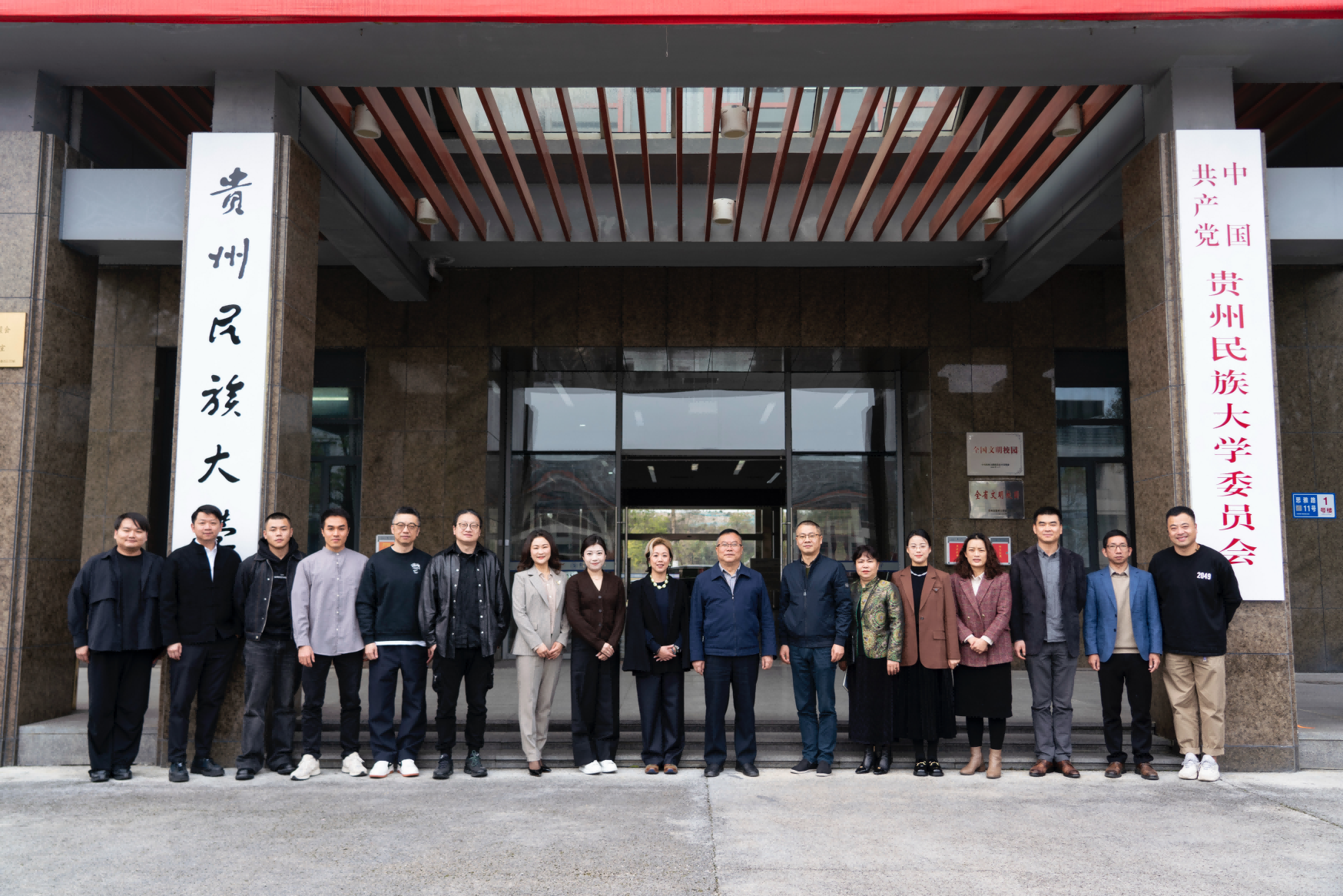
What is Mobius?
Mobius is a fascinating mathematical concept that is often referred to as a \"one-sided surface\". It is named after August Ferdinand Mobius, a German mathematician who discovered the concept in 1858. Essentially, a Mobius strip is a surface with only one side and one edge.
How is Mobius created?
A Mobius strip is created by taking a long strip of paper, giving it a half-twist, and then joining the ends together to form a loop. When you trace your finger along the surface of the strip, you will eventually end up where you started, but on the opposite side of the paper.
What are some properties of Mobius?
One of the most fascinating properties of Mobius is that it is non-orientable. This means that it is impossible to consistently define a \"top\" and a \"bottom\" on the surface. Another interesting property is that if you cut a Mobius strip in half lengthwise, you will end up with two smaller Mobius strips instead of two separate loops.
Where can Mobius be found in nature?
Mobius strips can be found in nature in a variety of forms. For example, some types of bacteria have a Mobius-shaped cell wall. Additionally, some animals, such as the ribbon worm, have a Mobius-shaped digestive system.
What are some real-world applications of Mobius?
Mobius strips have a variety of real-world applications, particularly in the field of engineering. For example, they are used in conveyor belts to ensure that the belt wears evenly on both sides. They are also used in the manufacture of computer hard drives to ensure that the read/write head covers the entire surface of the disk.
Conclusion
The world of Mobius is truly fascinating, with a range of properties and applications that make it an important concept in both mathematics and engineering. Whether you're a math enthusiast or simply curious about the world around you, exploring the world of Mobius is sure to be an interesting and rewarding experience.
 中小企业网
中小企业网




